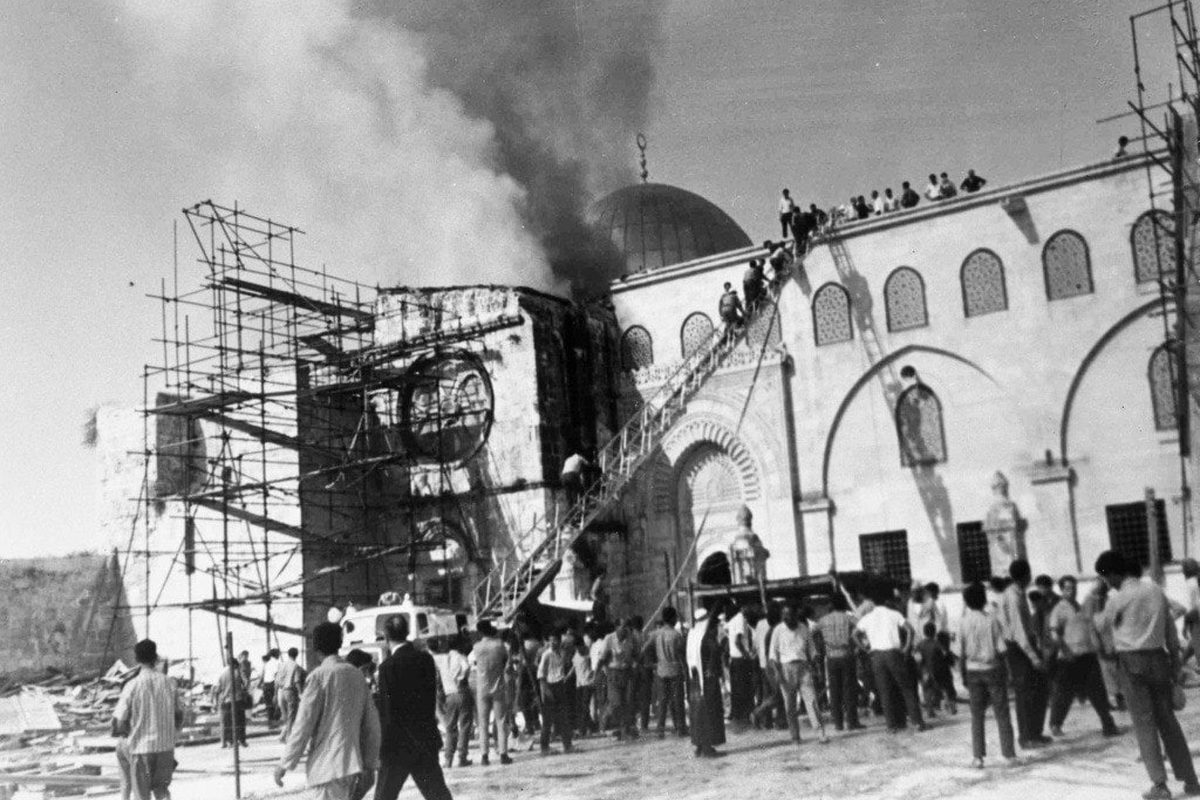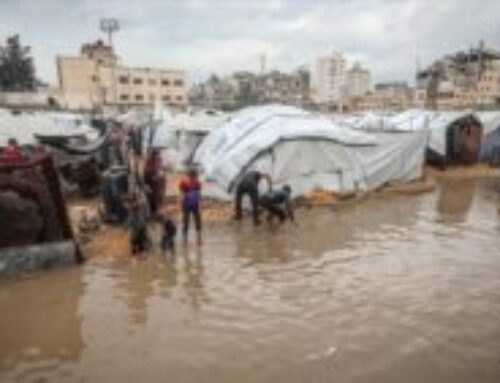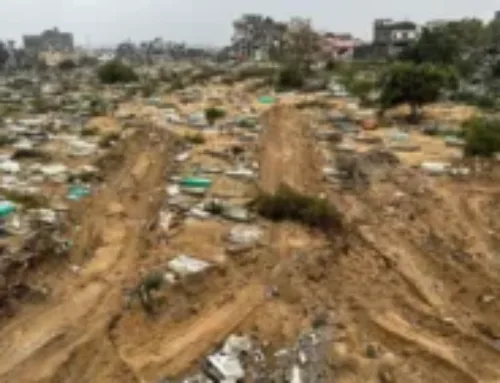On the morning of August 21, 1969, the world awoke to one of the most heinous crimes targeting the blessed Al-Aqsa Mosque, when the Australian extremist Denis Michael Rohan set fire to the Qibli prayer hall. The flames raged for nearly three hours, devouring large parts of the roof and reaching Salah al-Din al-Ayyubi’s pulpit. The danger did not stop there; the fire almost reached the historic dome, threatening to destroy the remaining unique heritage landmarks.
Despite the enormity of the catastrophe, the arson was not merely the act of an isolated extremist. It marked a turning point that revealed the existence of an organized project targeting Al-Aqsa, opening the door to its Judaization. While the world at the time was shocked by the scene, its repercussions remained etched in the hearts of Palestinians and Muslims as the actual beginning of a long-term scheme.
In the decades that followed, the usurping entity’s attempts to impose a new reality inside Al-Aqsa did not stop. Over time, its policies shifted from sporadic incursions to making them a daily routine under heavy military protection. Alongside this, religious groups sought to legitimize the performance of Talmudic rituals in the mosque’s courtyards—an act scholars and Jerusalemites deemed a clear attempt to enforce temporal and spatial division of Al-Aqsa, allocating certain times and spaces to settlers at the expense of Muslims.
This reality reflects a steadily escalating trajectory since the fire: from burning the pulpit and the prayer hall, to attempting to burn memory and identity, and now to imposing new facts on the ground. All this occurs with official backing from the usurping entity and under recurring international silence that falls short of the crime’s gravity.
Today, 56 years after the arson, Al-Aqsa faces its most dangerous phase. Daily incursions have become routine, while rabbis and politicians increasingly call for imposing “Jewish sovereignty” over the mosque. Experts and observers describe the current situation as an actual division already in place, manifested in designated times and areas for settlers’ incursions, and in many cases, preventing Muslims from freely entering or praying.
These policies reflect the usurping entity’s shift from the threat of fire to the threat of systematic field measures. And if the 1969 arson destroyed Salah al-Din’s pulpit, the current division threatens the essence of Al-Aqsa as a symbol of Palestinian, Arab, and Islamic identity.
Between Yesterday and Today
Between the flames that devoured the Qibli prayer hall more than half a century ago, and the flames of policies consuming the mosque today, the struggle remains the same: an attempt to uproot Al-Aqsa from its Arab and Islamic environment. Yet, just as Al-Aqsa resisted the fire then, it continues today to resist Judaization plans, sustained by the steadfastness of Jerusalemites and the awareness of the peoples.
The arson of Al-Aqsa was the beginning of a long trajectory that renews today with different tools. And while the usurping entity insists on imposing a new reality, Al-Aqsa remains a symbol of resistance and of an identity battle that is far from over.





